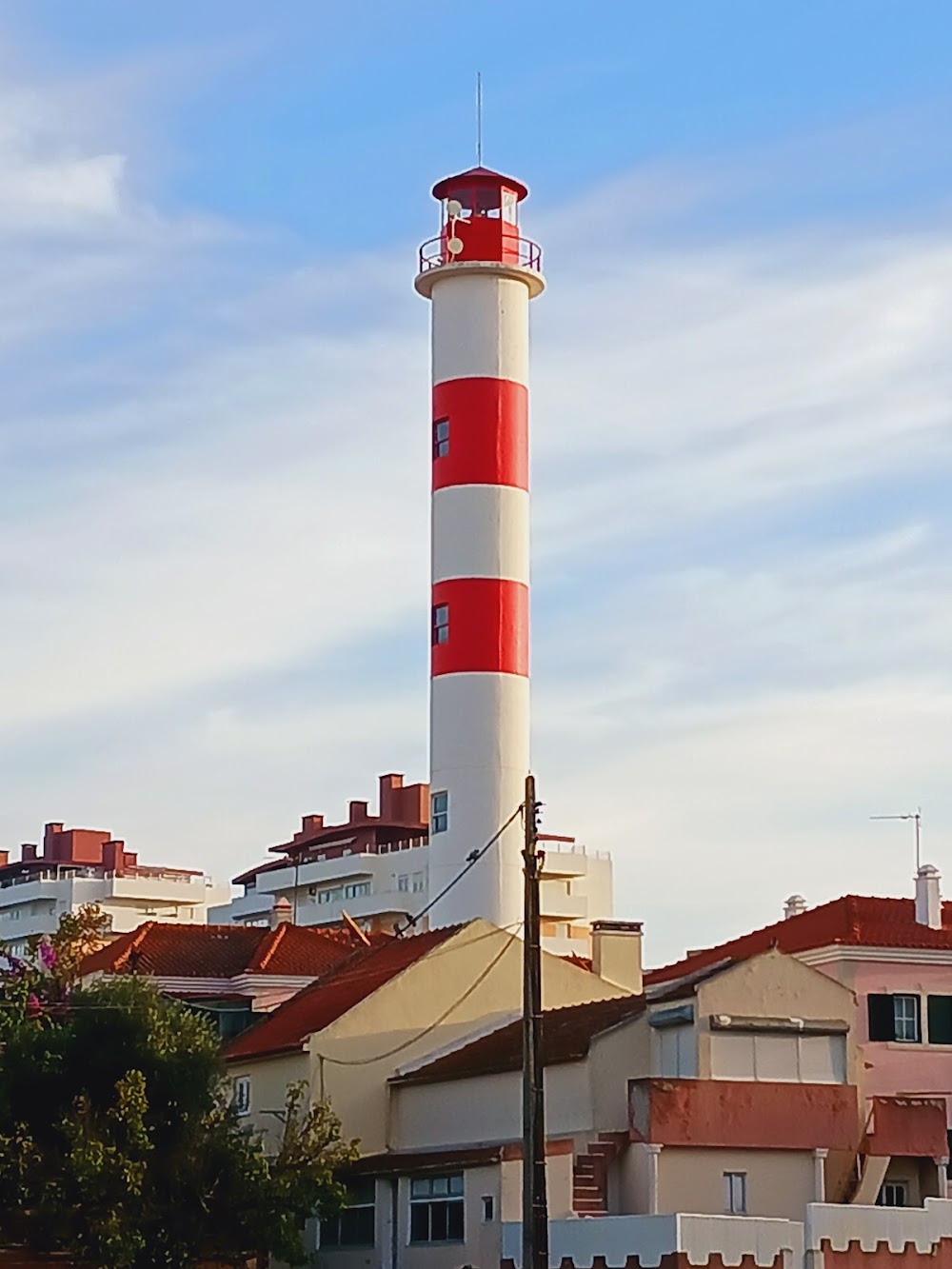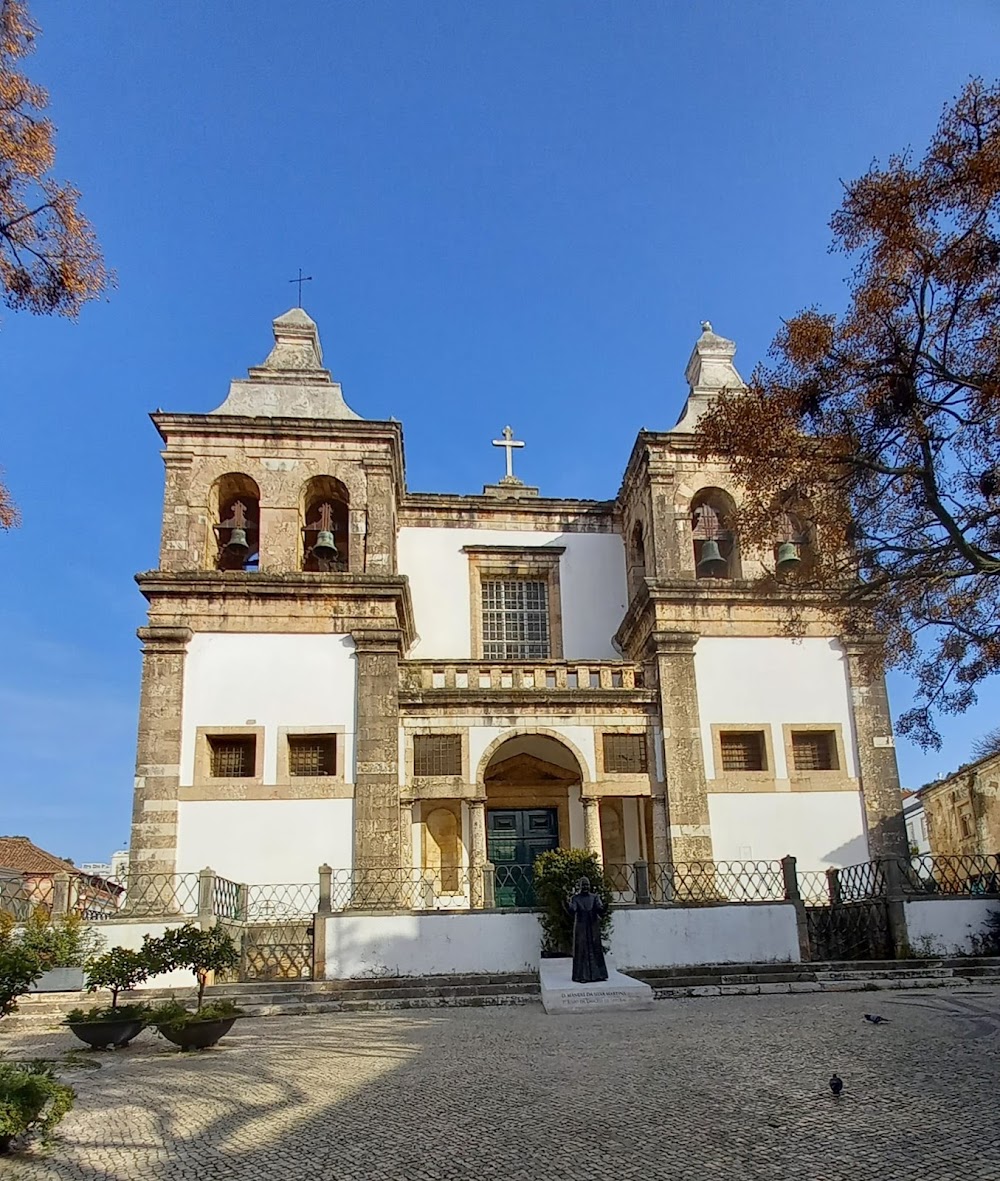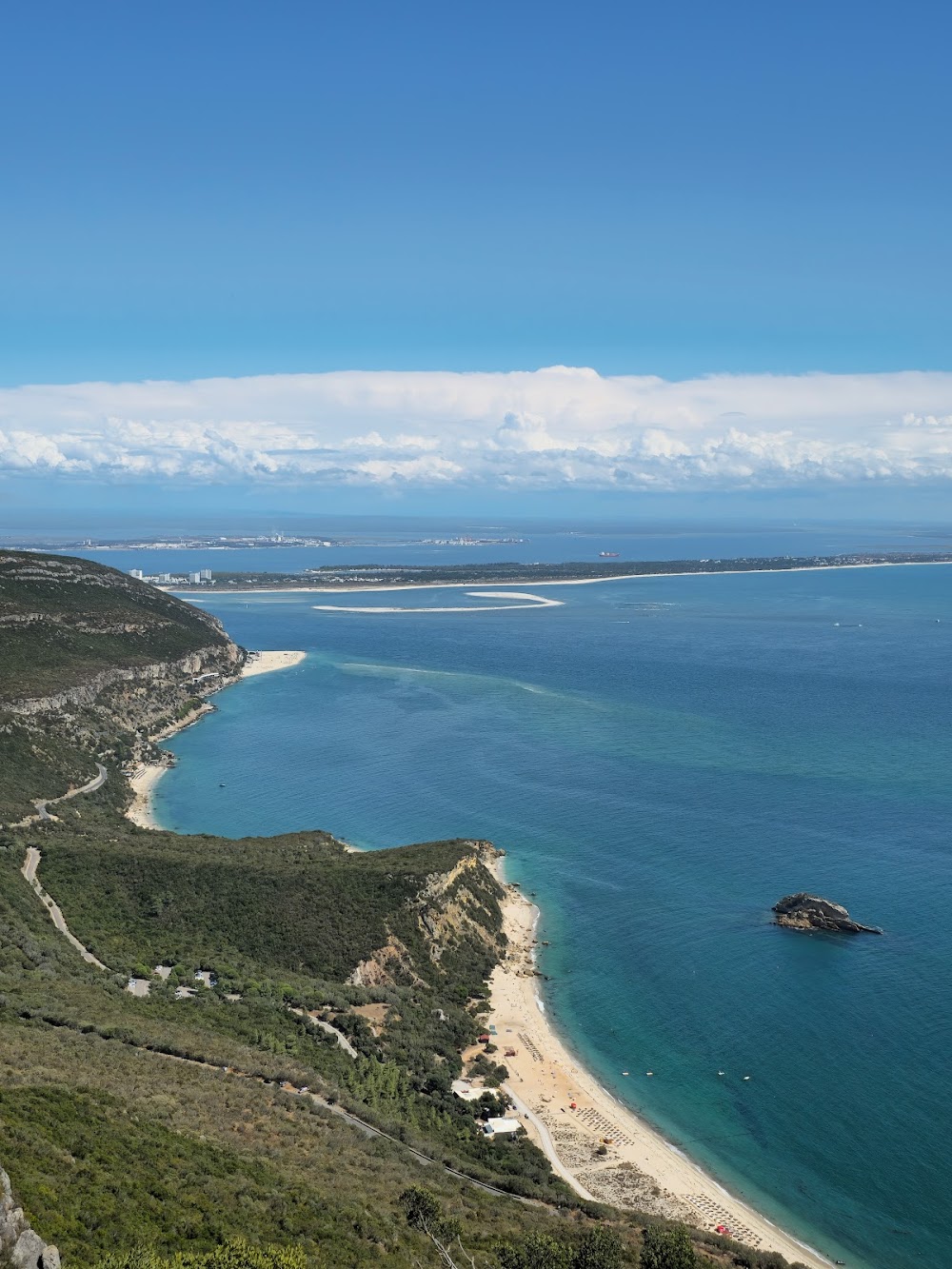Convent of Jesus (Convento de Jesus)
Overview
Situated in the picturesque city of Setúbal, Portugal, the Church of the former Monastery of Jesus, known locally as the Convent of Jesus, is an exquisite example of late Gothic and Manueline architectural styles. Constructed between 1490 and 1495, this magnificent structure serves as a testament to the region's rich cultural and religious heritage.
The visionary behind this stunning edifice was Queen Eleanor of Viseu, the consort of King John II of Portugal. A devout patron of the arts, Queen Eleanor commissioned the renowned Portuguese architect Diogo de Boitaca, a key figure in the Manueline style, to bring her ambitious vision to life. This collaboration birthed the convent and its church, featuring intricate designs and pioneering architectural techniques that continue to captivate visitors today.
Constructing the Church of the former Monastery of Jesus was no small feat. The process involved sourcing high-quality Arrábida limestone, which was painstakingly quarried from the nearby Arrábida hills. Skilled stonemasons and artisans meticulously carved and assembled the stones, ensuring the church’s structural integrity and aesthetic grandeur. This endeavor not only showcases the advanced engineering of the era but also reflects the prevailing religious fervor and artistic innovation of the time.
The church’s exterior is marked by its strikingly ornate façade, adorned with elaborate stone carvings that exemplify the Manueline style. Features such as twisted ropes, botanical motifs, and maritime elements symbolize Portugal’s age of exploration and seafaring prowess. A beautifully sculpted portal welcomes visitors into a sacred space that resonates with reverence and history.
Once inside, visitors are greeted by the church’s awe-inspiring interior. The nave, supported by slender, twisted columns, exemplifies Boitaca’s ingenious design. These columns rise gracefully toward an intricately ribbed, vaulted ceiling, creating an ethereal effect that draws the eye upward. The light streaming through large stained-glass windows casts colorful patterns across the stone, enhancing the sacred ambiance.
Of particular note is the church’s main chapel, which houses a breathtaking altarpiece. This altarpiece, a blend of gilded woodwork and detailed carvings, often depicts scenes from the life of Jesus and various saints. It served as a focal point for worship and contemplation for the nuns of the convent.
The convent itself, though partially in ruins today, was an integral part of the monastic complex. It served as a hub for the Order of Poor Clares, a contemplative branch of the Franciscan nuns. The layout of the convent's cloisters, refectory, and dormitories emphasized simplicity, tranquility, and spiritual focus, facilitating a life dedicated to prayer and community.
Over the centuries, the Church of the former Monastery of Jesus has undergone several restorations to preserve its grandeur. These efforts have sought to maintain the integrity of Boitaca’s original design while addressing the natural wear and tear inflicted by time. Notably, restoration work in the 20th century aimed to fortify the structure and restore its stunning decorative elements.
Today, the Church of the former Monastery of Jesus stands as a cherished place of worship and an important cultural and historical monument. It attracts visitors from around the world who come to admire its architectural beauty and delve into its rich history. Recognized as a National Monument, it is a testament to its significance in Portuguese heritage.
Whether you are an architecture enthusiast, a history buff, or a devout pilgrim, the Church of the former Monastery of Jesus offers a glimpse into a bygone era where faith and artistry magnificently converge in the enchanting city of Setúbal, Portugal.






